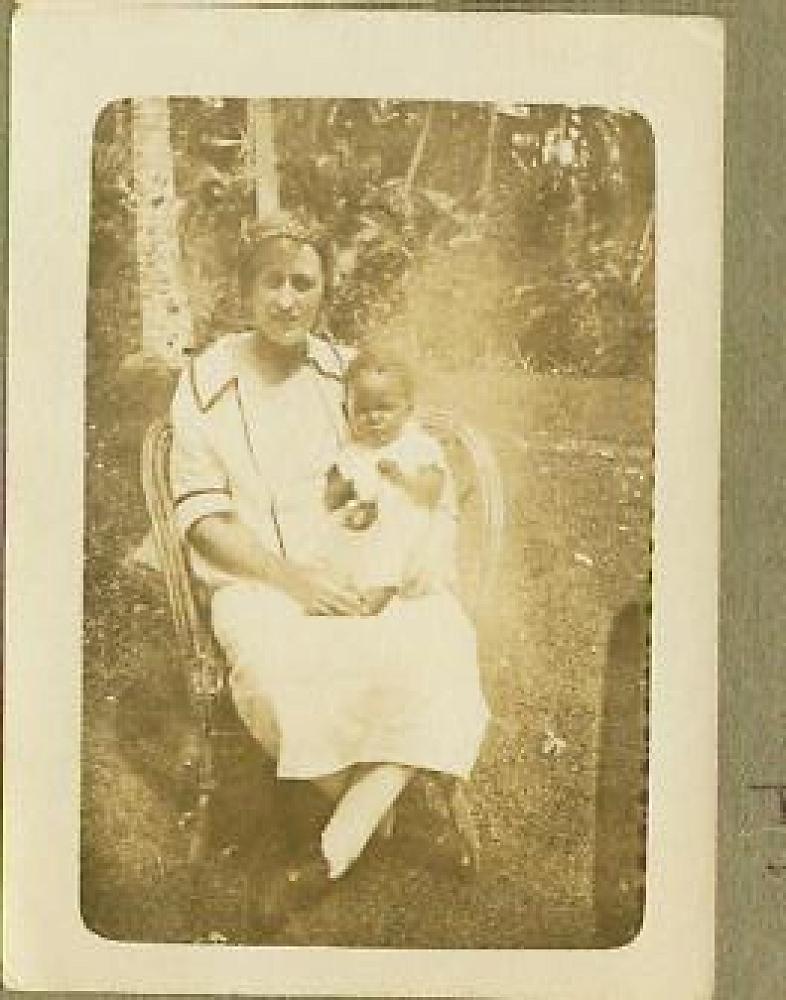
A Sacred Trust
The beginning of the New Zealand Methodist Mission in the Solomon Islands
A significant event in the history of the Methodist Mission in the Solomon Islands occurred in 1922. Although the Solomon Islanders prefer to celebrate the 1902 arrival of Australian missionaries, this event instigated the New Zealand church’s involvement in the Solomon Islands.
Much of the research for this article was undertaken in the Kinder Theological Library, using Andrew Sinclair’s Diaries of Solomon Islands visits. Other material was from the Methodist Times, also in the Kinder Library.
The Australian missionaries who went to the Solomons from 1902 to 1922 were under the jurisdiction of the Methodist Churches of Australia. The founding missionary, and subsequently chairman for nearly 50 years, was Rev John Francis Goldie. The Australians proposed, in 1919, that the Solomon Islands district should come under the auspices of the New Zealand Methodist Church. The New Zealand Conference was cautious. It did not want to take on Australia’s burden, but members reluctantly accepted the field in 1919. At the final joint Conference meeting, Sinclair reported that the Australians had handed over their “youngest and perhaps their favourite” mission field. He likened this to a father handing over his favourite daughter to “a man he could trust”, describing it as a “sacred trust” for the church in New Zealand.
The New Zealanders accepted an established field of influence, which already had substantial existing infrastructure. A delegation was sent from New Zealand, comprising John Court, who was lay treasurer for Foreign Missions, and General Secretary William Sinclair, to establish the needs and the status of the work already underway. Their enthusiastic reports encouraged the Conference in New Zealand and thus created interest in the proposed new venture. In 1922 William Sinclair met with the Resident Commissioner for the Solomon Islands at Tulagi, the administrative centre for the Solomon Islands. The commissioner, Mr Workman, told him that the Wesleyan mission was considered the finest missionary work in the Pacific.
The general attitude of the Australian and New Zealand missionaries followed the social and scientific trends of the time and saw the local people as in need of help. Sinclair and Court wrote that the race was “well worth saving and they can be saved from decay and extinction”. They believed that Solomon Islanders should be taught to cultivate the land and rebuild their “cheerless and unsanitary villages” in ‘healthier’ areas. The aims of the Mission should be to save a race that they believed was living in the Stone Age and build the people up to have strong, stable Christian characters. The Islanders would become honest, clean, industrious, and self-reliant, understanding the dignity of labour. Sinclair and Court thought that ‘this child race can be saved and built solidly into the Kingdom of God’.
A priority was the construction of a hospital with suitable medical staff. It was also proposed that every station should have a dairy herd to ensure a supply of fresh milk. Dairy cows were eventually provided on some stations. In later years, some were donated by Morrinsville farmer, Mr Rushton. On the island of Choiseul, cattle were swum ashore from a boat. The survival of the herd depended on the quality of the grass available.
The mission continued with Goldie as district chairman for the Solomon Islands, and the New Zealand Methodist Foreign Missions Board overseeing the financial and personnel side of the mission. The mission was administered through the Foreign Missions Board (latterly Overseas Mission Department) in Auckland, headed by a General Secretary. The Board appointed the missionaries. There was also significant input from the New Zealand Methodist Women’s Missionary Union (NZMWMU), whose members often interviewed and selected missionary sisters to go to the Solomons and provided their financial support.
From 1929 there was more specific attention paid to the general training of missionaries at Trinity Theological College in Grafton, Auckland, but not to the education of missionary wives. Missionaries did not undertake any training that would prepare them for a particular mission field, such as the Solomon Islands. Occasionally some undertook courses independently, but these were not required by the Methodist Church. The missionaries who arrived in the Solomons were often ill-informed about the physical conditions they would encounter. The mission continued to grow and even the interruption of WWII did not stop the mission’s endeavours.
